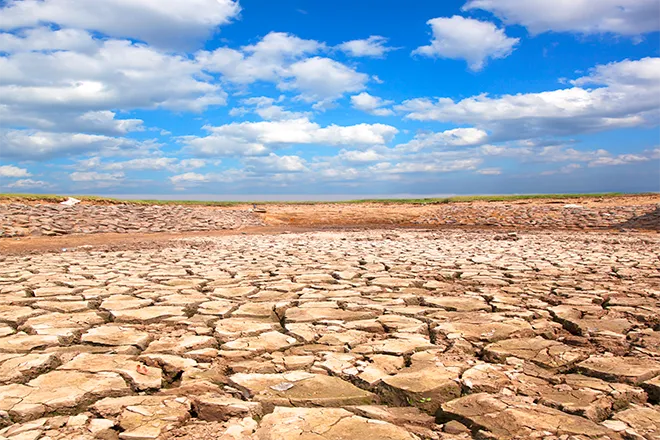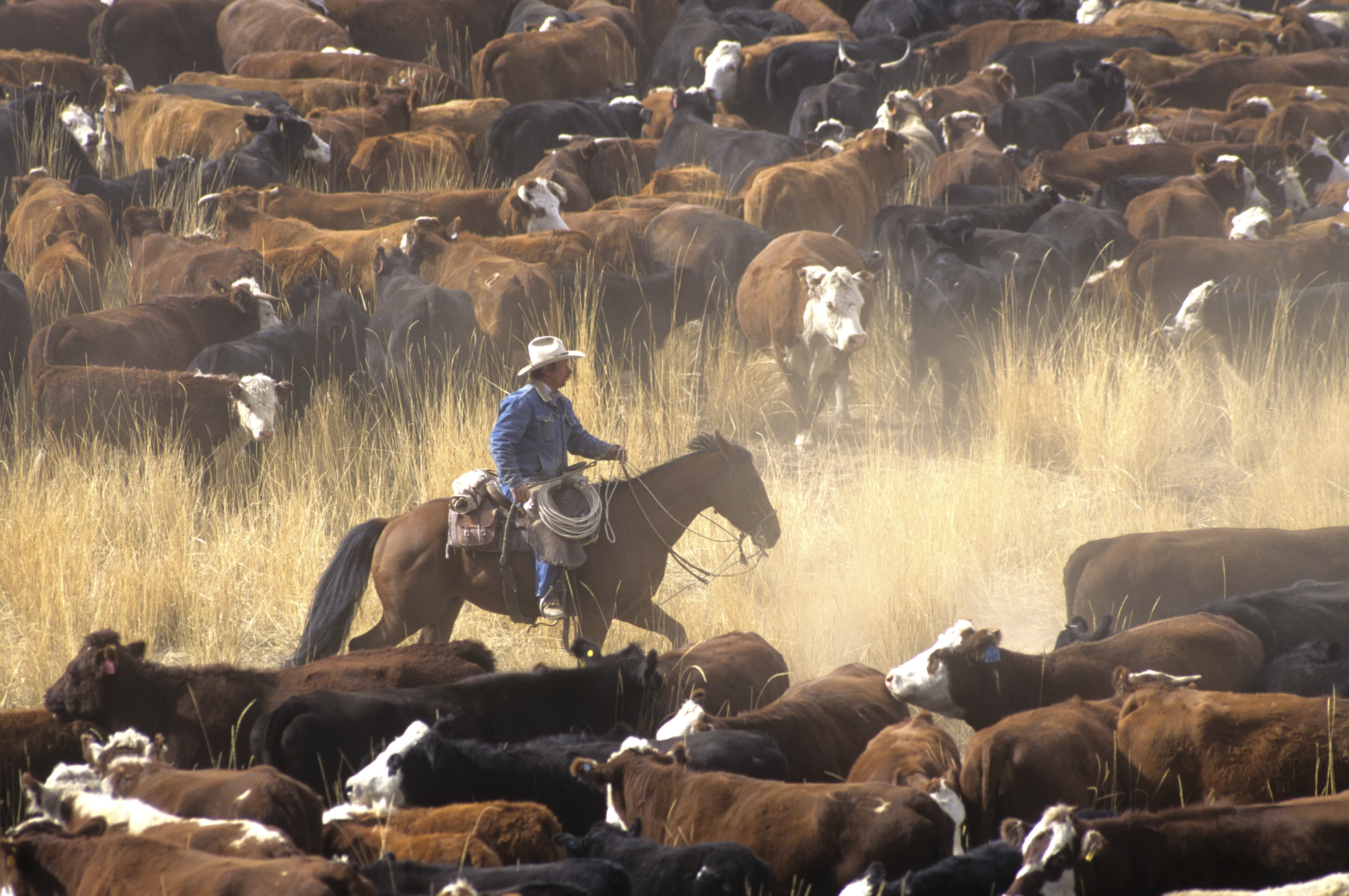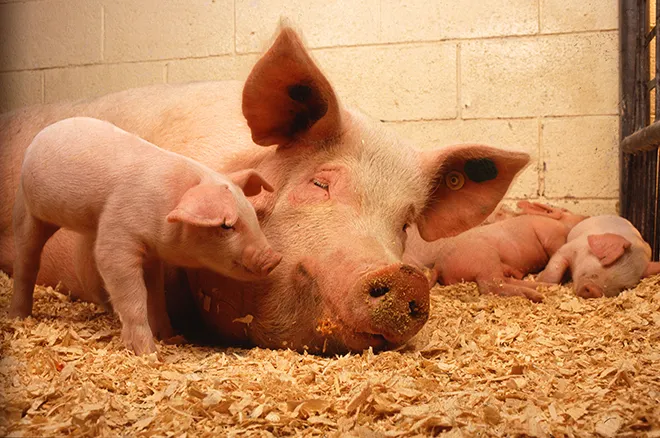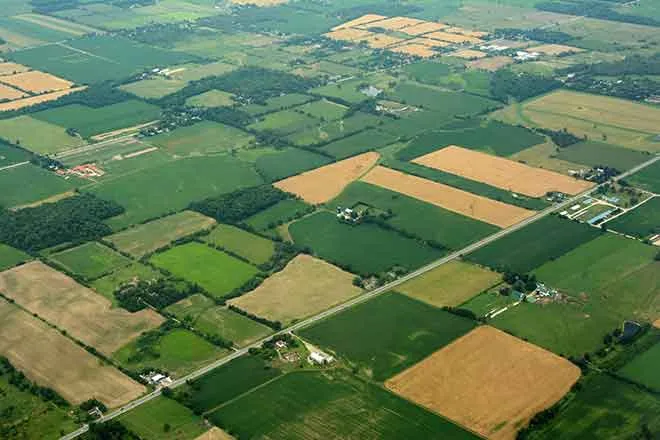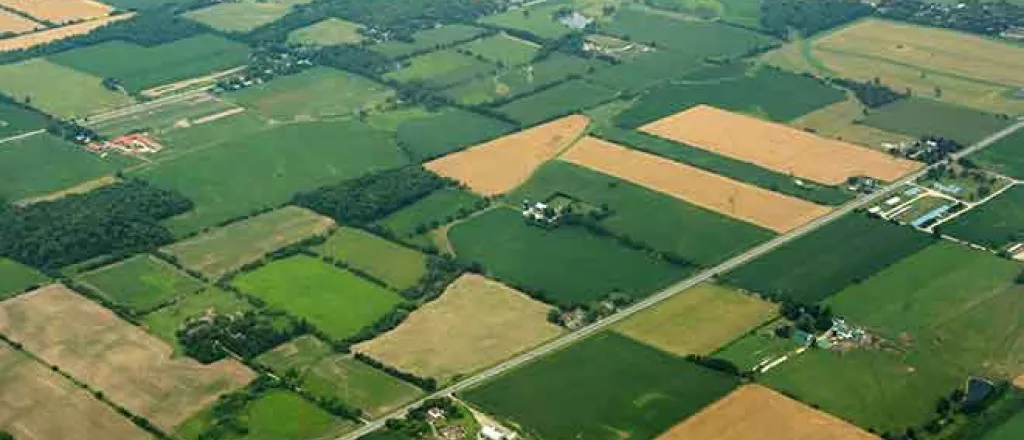
Grazing Practices can Control Weeds
The saying goes that, “one man’s junk is another man’s treasure!” The same can be said for weeds and grazing managers. Here is a “duh” statement: Weeds are plants and grazing animals eat plants!
Plants are classified into three general categories: grasses, forbs, and shrubs. Plants in all three of those categories may be classified as a weed. Animals are also classified into three categories by the plants they eat: Cattle (grasses), sheep (broadleaf plants – most weeds), and goats (shrubs). Abaye, et.al. state in their paper “Quality of a weed or forage has no value if the animal will not eat it.”.
Various attributes affect palatability, or if an animal will eat it or not. Spines, hairs, maturity, taste, etc. all determine the palatability of a specific plant or plant species. Stage of maturity of the plant and the species of animals being asked to consume that plant make a huge difference. Goats will eat many things other species do not and cattle will consume plants not desired by other species.
Grazing management is very important when trying to control weeds, either in pasture or crop land. It has been found that season-long grazing actually has increased the population of some noxious weed species. High intensity/low-frequency grazing over a period of several years gave the greatest control of noxious weeds from defoliation and trampling, especially with many of the perennial or biennial species such as Canada Thistle, Russian Knapweed, etc. These plants are just like other perennials, if you don’t feed the roots by allowing the green above ground portion to grow, eventually the roots are starved and die. Grazing management of these species can be referred back to guerilla warfare tactics – hit them hard, hit them fast, and get out. When the plants reappear and reach a grazing height for the animal species of choice – hit them again – hard and fast. Eventually, over a period of time the roots will die and the plant species will decrease in population density, allowing more desirable species to move in, or they will disappear altogether.
Similar results can be achieved grazing of annual species – kochia, Russian thistle, etc. - but timing may be more important. These plants need to be grazed early in their growth cycle to prevent the development a mature seed heads. Smaller plants have smaller seed heads and fewer seeds are produced to repopulate. Also, these plants tend to have a high palatability level early in their growth cycle which decreases as the plants mature due to increase cellulose levels in the stems. Again, high intensity/low frequency practices work well to keep these plant species grazed down and not reach the reproductive stages.
One thing landowners need to be aware of when grazing for weed control is if there are toxins in the weeds that will affect the animals being grazed. These toxins may vary with the stage of development of the plant, either increasing or decreasing as the plants mature. Burritt and Hart state that, “Animals rarely die from over ingestion of plants with toxins provided they have a variety of forages to eat.” It has been found that the most trouble with poisonous plants occurs when and after other desirable species have been grazed out or overgrazed and all that is left is the toxic species of plant. Even though the nutritional analysis of a specific plant species may be in a range to meet the nutritional requirements of the animal species it does not mean the species can or will survive by solely eating nothing but that species of plant. Animals are just like humans and prefer a variety in their diet, but they also (just like humans) like to eat foods familiar to them. If a new noxious weed moves in, animals may not eat it readily, if at all, because they are not familiar with it. Animals learn to eat by grazing alongside their mothers and through individual experience – either positive or negative.
Most plant species we consider weeds do have a fairly high nutritional level, but other factors contribute as well if they are actually nutritious for the animals in our care. Always remember “Quality of a weed or forage has no value if the animal will not eat it.”



